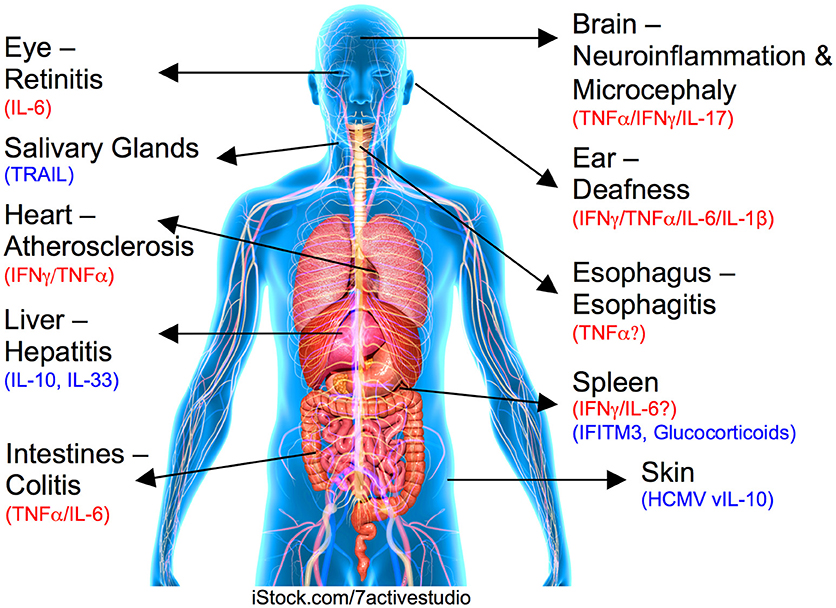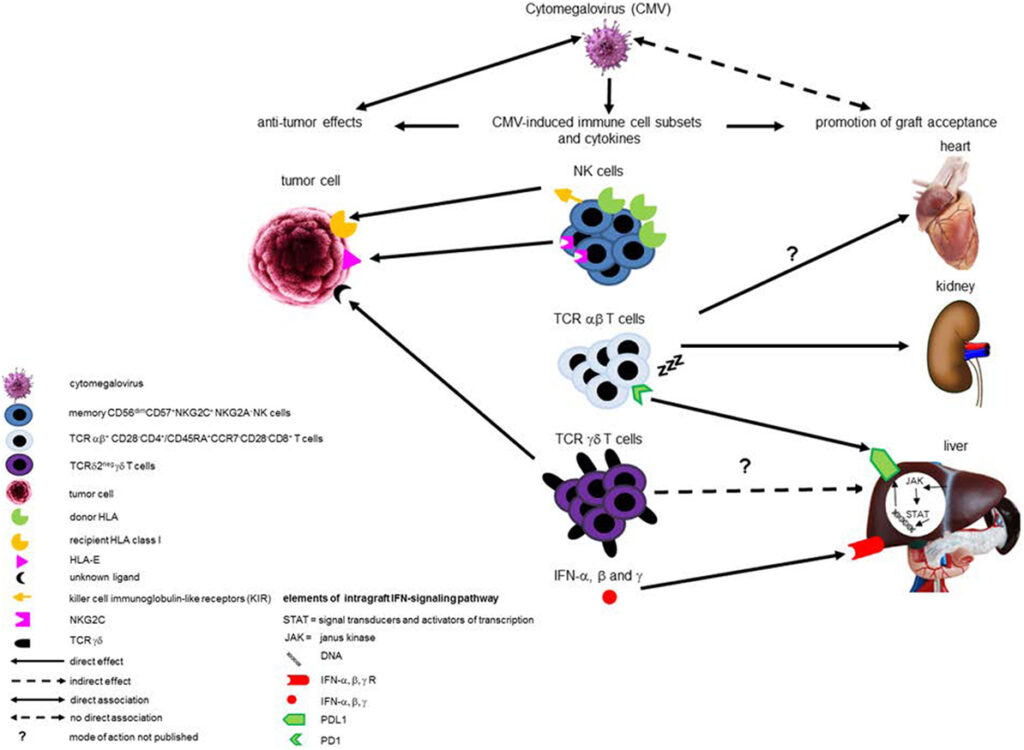Cytomegalovirus, commonly abbreviated as CMV, is a common virus that belongs to the herpesvirus family. It is found worldwide and can infect people of all ages. While many individuals carry this virus without experiencing any symptoms, it can cause serious health issues in certain populations, such as newborns, pregnant women, and individuals with weakened immune systems. This article provides an in-depth look at the nature of Cytomegalovirus, how it spreads, its associated symptoms, and ways to prevent infection.

What is Cytomegalovirus?
Cytomegalovirus is a type of herpesvirus that remains dormant in the body after the initial infection. Once a person contracts the virus, it stays in their system for life, often without causing any noticeable problems. However, under certain conditions, such as when the immune system is compromised, the virus can reactivate and lead to complications.
This virus is particularly concerning because it can be transmitted from mother to child during pregnancy, potentially causing congenital disabilities or developmental issues in infants. Understanding the nature of this virus is essential for managing its impact on public health.
How Does Cytomegalovirus Spread?
The transmission of Cytomegalovirus occurs through various means, primarily involving bodily fluids. Below are the most common ways the virus spreads:
1. Contact with Bodily Fluids
- Saliva: Sharing utensils, cups, or food with an infected person can lead to transmission.
- Breast Milk: Infected mothers can pass the virus to their babies through breastfeeding.
- Urine and Feces: Young children, especially those in daycare settings, may spread the virus through contact with contaminated surfaces.
- Semen and Vaginal Secretions: Sexual contact is another common mode of transmission.
2. Blood Transfusions and Organ Transplants
Individuals who receive blood transfusions or organ transplants from donors carrying the virus are at risk of contracting it. This highlights the importance of screening procedures in medical settings.
3. Mother-to-Child Transmission
Pregnant women who contract the virus can pass it to their unborn child. This form of transmission is known as congenital infection and can result in severe health consequences for the baby.
Symptoms of Cytomegalovirus Infection
In healthy individuals, Cytomegalovirus often causes no symptoms or mild symptoms that resemble those of other viral infections. However, the severity of symptoms can vary depending on the individual’s immune status and age.
1. Symptoms in Healthy Individuals
- Fever
- Fatigue
- Sore throat
- Swollen glands
- Muscle aches
These symptoms typically resolve on their own without requiring specific treatment. Many people may not even realize they have been infected.
2. Symptoms in Newborns
When a baby is born with a congenital infection, the symptoms can range from mild to severe. Some common signs include:
- Low birth weight
- Jaundice (yellowing of the skin and eyes)
- Enlarged liver or spleen
- Seizures
- Hearing loss or vision problems
In severe cases, congenital infection can lead to long-term disabilities, including developmental delays and intellectual disabilities.
3. Symptoms in Immunocompromised Individuals
People with weakened immune systems, such as those undergoing chemotherapy or living with HIV/AIDS, are at higher risk of developing severe symptoms. These may include:
- Pneumonia
- Gastrointestinal issues, such as ulcers or inflammation
- Vision problems, including blindness
- Inflammation of the brain (encephalitis)
Prevention of Cytomegalovirus
While there is currently no vaccine available to prevent Cytomegalovirus, several measures can reduce the risk of infection. These strategies are particularly important for pregnant women, parents of young children, and individuals with weakened immune systems.
1. Practicing Good Hygiene
- Wash hands thoroughly with soap and water, especially after changing diapers, using the restroom, or coming into contact with saliva or nasal secretions.
- Avoid sharing food, drinks, or utensils with others, particularly young children who may carry the virus.
2. Safe Sexual Practices
Using condoms during sexual activity can significantly reduce the risk of transmitting the virus through semen or vaginal secretions.
3. Precautions During Pregnancy
- Pregnant women should avoid kissing young children on the mouth and practice good hand hygiene after handling toys or objects that may have come into contact with bodily fluids.
- Regular prenatal check-ups can help detect potential infections early.
4. Screening in Medical Settings
Healthcare providers should screen blood and organ donations to minimize the risk of transmission during transfusions or transplants. Additionally, individuals with weakened immune systems should discuss preventive measures with their healthcare provider.
5. Educating Caregivers and Parents
Daycare workers and parents of young children should be educated about the risks of Cytomegalovirus and the importance of hygiene practices. This knowledge can help reduce the spread of the virus in community settings.
Treatment Options for Cytomegalovirus
While there is no cure for Cytomegalovirus, antiviral medications can help manage symptoms and reduce the severity of the infection, particularly in high-risk populations. These medications are often prescribed for immunocompromised individuals or newborns with congenital infections.
1. Antiviral Medications
Drugs such as ganciclovir and valganciclovir are commonly used to treat severe cases of the infection. These medications work by inhibiting the replication of the virus, thereby reducing its impact on the body.
2. Supportive Care
In cases where the infection leads to complications, such as pneumonia or gastrointestinal issues, supportive care may be necessary. This can include oxygen therapy, intravenous fluids, or other interventions to address specific symptoms.
3. Monitoring and Follow-Up
For newborns with congenital infections, regular monitoring by healthcare professionals is essential to detect and address any developmental delays or hearing loss early. Early intervention can improve outcomes for affected children.
Impact of Cytomegalovirus on Public Health
Cytomegalovirus poses a significant public health challenge due to its widespread prevalence and potential to cause severe complications in vulnerable populations. According to global health statistics, a large percentage of adults have been exposed to the virus by the time they reach middle age. Despite its prevalence, awareness about the virus remains low, which can hinder prevention efforts.
Educational campaigns targeting high-risk groups, such as pregnant women and caregivers, are crucial for raising awareness and promoting preventive behaviors. Additionally, ongoing research into vaccine development and improved treatment options is essential for addressing the long-term impact of this virus on public health.





